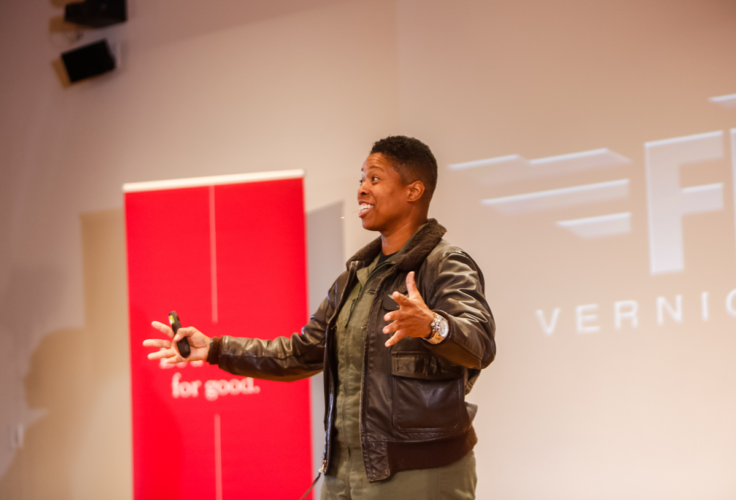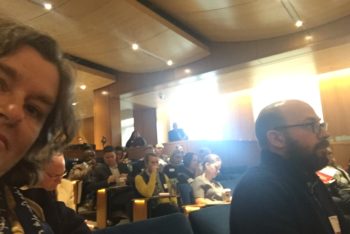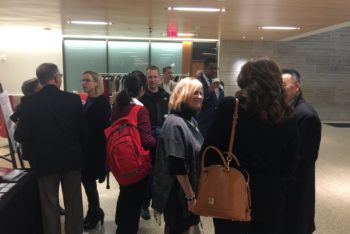Olin’s Leadership Perspectives speaker series culminated in lessons on leadership with Dean Mark P. Taylor and General John R. Allen, president of the Brookings Institution. Covering leadership skills in business, government, military and academia, Taylor and Allen advocated for globalization, collaboration and a strong values system. Army veteran Vic Fields, EMBA ’22, moderated the discussion.
Here are five takeaways from the event:
Leaders must have a global outlook
The best leaders look beyond their environment and into the world.
“It’s virtually impossible for someone to aspire to leadership without having a sense of global fluency. The more you understand about societies, economies and histories, the more you are able to lead and be a factor for good in the global community,” said Allen.
Taylor reflected on Olin’s commitment to global education, specifically the full-time MBA’s global immersion program. However, all Olin programs require a global component to stretch students outside of their comfort zone and provide them with a foundational understanding.
Effective leadership is a continuous learning experience
Although both have many years of effective leadership under their belts, Taylor and Allen agreed they are continuously learning how to be influential leaders. Finding a personal leadership style is shaped by career and life experience, so it should change over time.
Strong leaders fall back on their values
At Olin, we pride ourselves on values-based, data-driven decision-making. Taylor and Allen echoed the same sentiment. While data can change, a values system should never waver.
“In a world where there are so many conflicting messages and sources at work, we are desperately in need of young leaders who are willing to accept responsibility and willing to lead,” says Allen. Being decisive and values-based is essential to succeed as a leader.
Good leaders face risks head on
As leaders of their respective communities, both Allen and Taylor are forced to make decisions that require risk. In decision-making, it is crucial to weigh the risk by analyzing the data.
“Good leaders aim to succeed. Bad leaders aim not to fail,” says Taylor regarding risk-taking in his position.
People first
Thinking about risks and COVID-19, Taylor emphasized how students were top of mind. Understanding the risk of the COVID-19 virus, Taylor asked himself a series of questions: “How do we make sure that our students get a first-class education and still graduate? How do we handle the loss of internships? How do we get students back into the classroom safely?”
To learn more about leadership and values-based, data-driven decision-making, watch the full event here.








